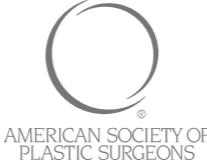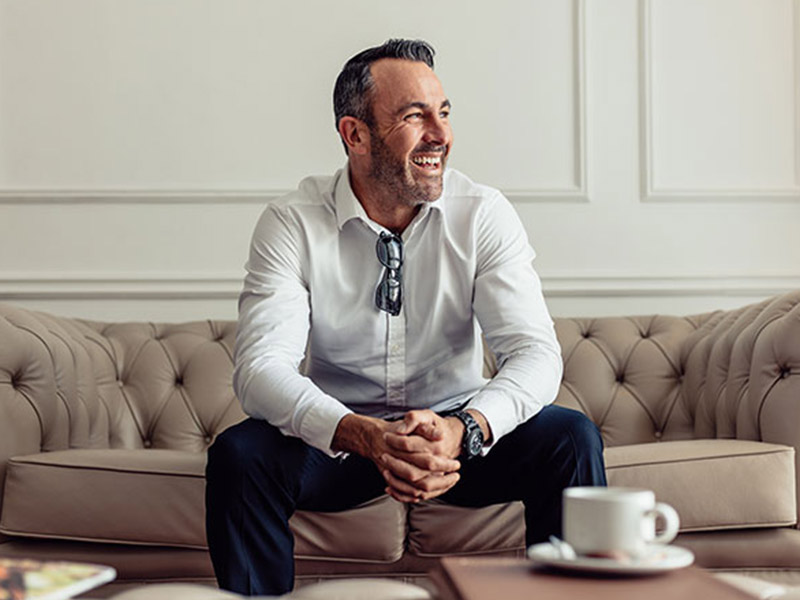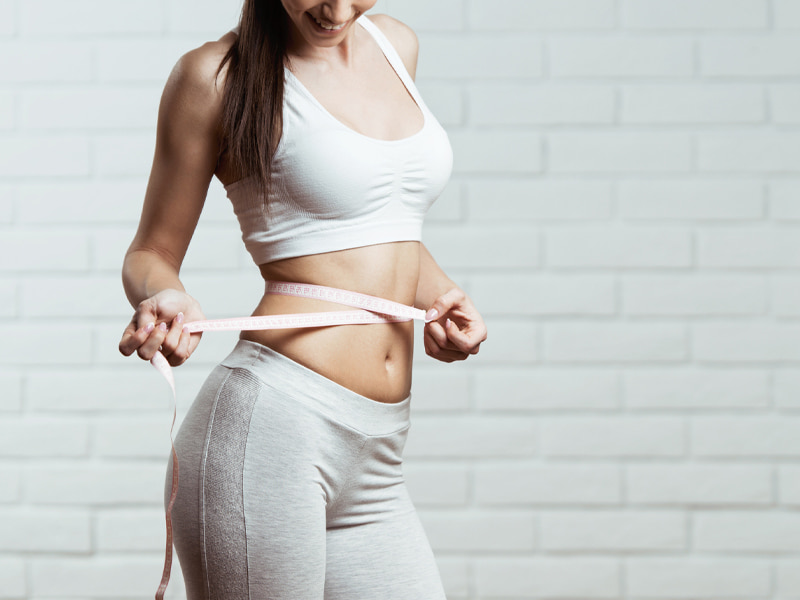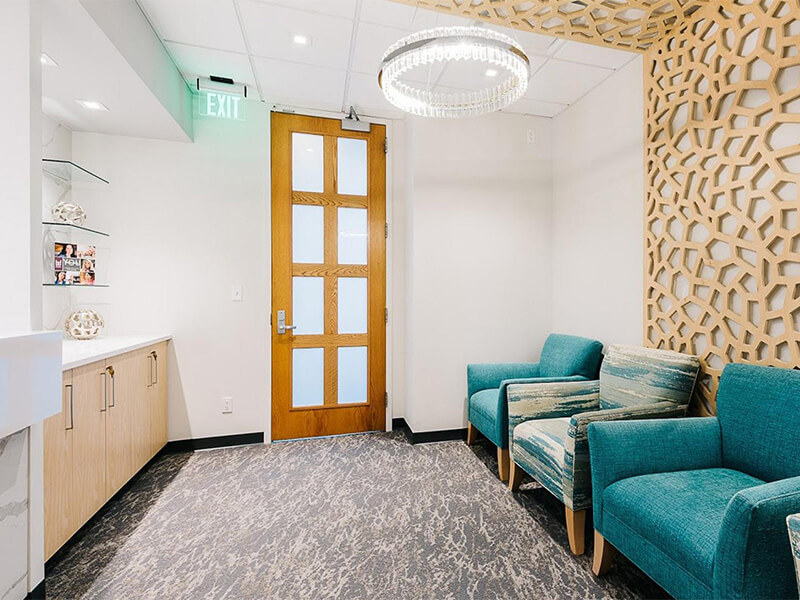Types of Breast Implants
Implant shape: Implants are round or anatomically shaped. Round implants have a base diameter and a projection. Anatomically shaped implants have an implant width, height, and projection. The most projecting point of round implants is in the center of the implant, while the maximum projection of an anatomically shaped implant is in the lower half of the implant.
Implant shell: Implants have either a smooth shell or a textured shell. Smooth implants do not adhere to the surrounding soft tissue of the breast and move within the implant pocket. Textured implants stimulate tissue ingrowth to the shell, which keeps the implant from moving within the pocket, preventing anatomically shaped implants from turning upside down. However, textured implants are associated with a very rare cancer of the implant capsule called BIA-ALCL. While BIA-ALCL is rare and readily diagnosed and treated, many women are choosing smooth implants to further minimize this risk.
Implant fill: Implants are filled with either saline or silicone. Saline implants are filled at the time of surgery. If a saline implant were to leak, the implant deflates, and the saline is absorbed into the patient’s tissues. Saline is less viscous than breast tissue; therefore, women often feel a rippling of saline implants. Silicone implants feel much like breast tissue. Today’s silicone is cohesive, which prevents the silicone from leaving the implant pocket in the event of an implant leak.
Implant size: Round implants come in a variety of diameters, and anatomically shaped implants come in a variety of widths and heights in order to best match the implant footprint with the patient’s natural breast and chest wall. Implants also come in five different projections, from low to extra-high, in order to best fill the patient’s soft tissue envelope and provide the aesthetic the patient desires.
All in all, there are approximately 1100 different implants on the market in the United States today!
Breast Implant Pocket
Dual Plane: The dual plane pocket is so named because the upper and inner portions of the implant are below the pectoralis major muscle, while the lower and outer portions of the implant are below the breast gland. The dual plane is commonly referred to as under the muscle. Placing the implant in the dual plane pocket can, in some situations, lower the risk of upper pole wrinkling and capsular contracture.
Subglandular: The subglandular pocket, or above the muscle, does not disrupt the pectoralis major (or any muscle) when creating the pocket. Because the implant is above the muscle, there is no animation deformity or movement of the implant upon flexion of the pectoralis muscle.
Subfascial: The subfascial plane is above the muscle but below the muscle fascia. Keeping the fascia between the implant and the breast gland affords some protection against capsular contracture while avoiding disruption of the muscle.
Other than in cases of extremely large implants, the appearance of the breast after surgery has little to do with the pocket choice but rather is almost entirely dictated by the characteristics of the implant vis-a-vis the patient’s skeletal and soft tissue anatomy.
Breast Implant Incisions
Inframammary: The inframammary incision is placed within the fold of the breast, where it is well hidden even when the patient is topless. Because the incision is not under tension, the scar heals very well and is almost always imperceptible once fully healed. However, most importantly, the inframammary incision is associated with the lowest rate of capsular contracture.
Periareolar: The periareolar incision is located at the perimeter of the areola and breast skin. While this border generally hides the scar quite well, occasionally, the periareolar incision can be hypopigmented, or white in appearance. The periareolar incision can be associated with a higher incidence of nipple numbness, particularly in patients with small areolae, and is associated with a slightly higher risk of capsular contracture than the inframammary incision.
Transaxillary: The transaxillary incision is located in the axilla (armpit), off the breast entirely. The transaxillary incision affords the least exposure to the pocket and is associated with the highest rate of capsular contracture of any of the incision choices.
The Numbers and The Surgeon
There are two types of implant shape, shell, and fill material; three incision and pocket choices; and over 1100 implants on the market. So there are over 75,000 different ways to do a breast augmentation with implants! Once you have found a surgeon who will listen to and understand your goals from surgery, understands the pros and cons of each decision choice for each patient, understands how your tissues will respond to the implant, and has a strong track record of successfully performing the operation; you can look forward to an outstanding result with minimal risk of reoperation.


















